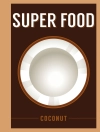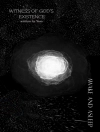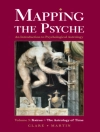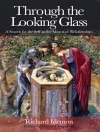The book begins by revealing new ideas about how and why embolic stroke and heart attacks share a common history involving clot formation. The only distinction between the two diseases is where the clot finally stops. If in the brain, it results in a stroke; if in the heart muscle, a heart attack. Thus the first portion of the book (Chapters 1-4) documents how the mechanism of clot formation was studied through the eyes of a lifelong research scientist who was not a stroke expert, but a stroke survivor. Described in those chapters are entirely new ideas about how and why clots form, and how to prevent them. While my four years of stroke investigation (so far) was unfolding, I simultaneously carefully recorded my daily observations as I experienced an embolic shower-type of stroke. My goal was to assemble a guide for all stroke victims alerting them what to expect, and also my evaluation of a number of treatment modalities, nutrients/supplements etc., designed to save money and frustration to newcomers to the stroke world as well as the initiated. The big difference between this and other accounts of embolic stroke is that in this case it is framed in the context of an aging body. If you do not already know, this distinction is important since there is a fine line between the effects of aging and the effects of stroke. The upshot of this book is to offer my evidence to the reader that stroke and heart attack are largely avoidable diseases. My thought is, if the reader thinks what I say makes sense, they can take the recommended action starting today to minimize their risk. And it is so incredibly simple and virtually cost-free.
เกี่ยวกับผู้แต่ง
The account of how “A Stroke was my Teacher” evolved, was written from the perspective of a life long scientist who experienced an embolic stroke after retiring from a career affiliated with NIH and Pfizer Pharmaceutical Company. The author is a product of mid-western culture with conservative values. Now living in Brevard, North Carolina, He is dedicated to the education of stroke and heart attack candidates, and victims. Contact: [email protected]












